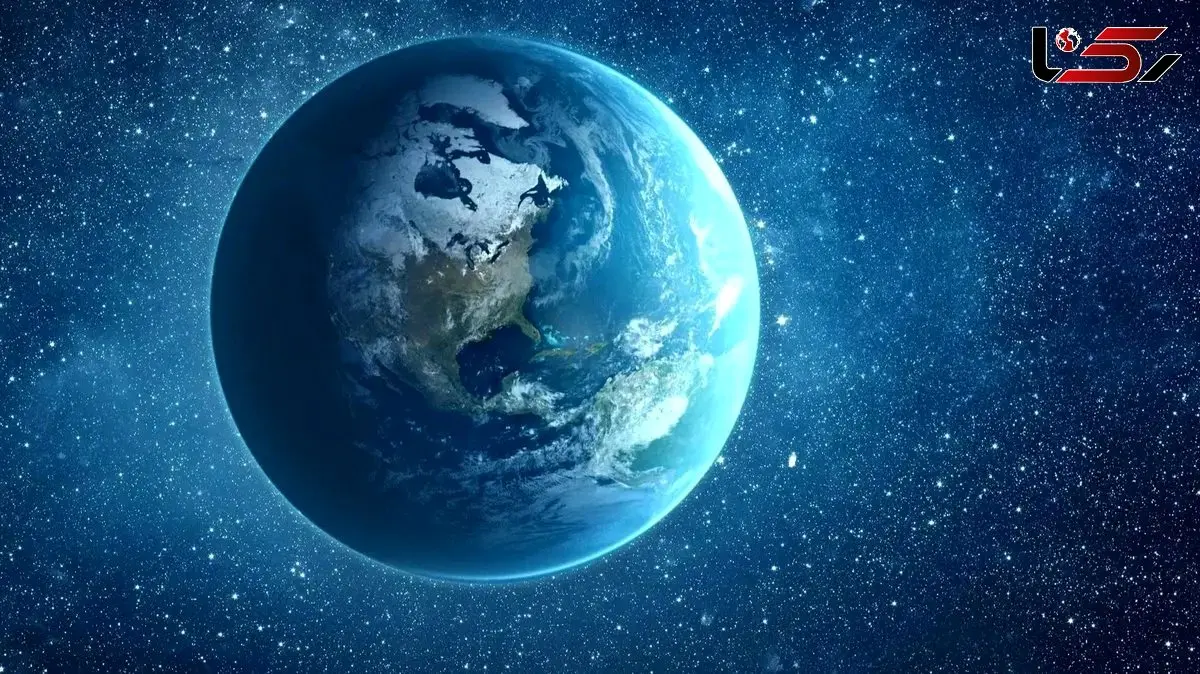NASA Supercomputers Predict the End of Life on Earth?
Rokna Social Deks: NASA’s supercomputers, in a joint study with Japan’s Tohoku University, have predicted a troubling future for Earth; human living conditions will become difficult and unbearable much sooner than the ultimate end of all life.

According to Rokna, a joint research project between NASA and a Japanese university, using supercomputers, has drawn a realistic and alarming picture of Earth’s future — one in which life gradually fades from our planet.
In the joint study conducted by the U.S. National Aeronautics and Space Administration (NASA) and Japan’s Tohoku University, a group of scientists used the processing power of supercomputers to simulate Earth’s future conditions and determine how long life can continue on this planet. The findings show that although the end of all forms of life remains far away, humanity’s future may face a far more serious and imminent threat.
Dependence of life on the Sun’s lifespan
According to the study, the fate of life on Earth is directly linked to the lifespan and evolution of the Sun. Over billions of years, the Sun will gradually become larger and hotter, and this increase in heat will cause the Earth’s surface temperature to rise so much that even the most resilient organisms will be unable to survive.
Through precise calculations of this process, researchers have predicted that around the year 1,000,002,021 AD — more than one billion years from now — the Earth will reach a stage where its surface becomes so hot and dry that no form of life can endure.
Warning about human survival
However, the situation for humans will become much more critical and far sooner. As the Sun’s temperature gradually rises, Earth’s atmospheric composition will also undergo extensive changes. According to NASA, these changes include a sharp decline in oxygen levels, a drop in air quality, and a significant rise in global average temperatures. These findings were derived from precise simulations of climate and solar radiation models.
Early signs of this trend are already visible. Phenomena such as solar storms and coronal mass ejections have become more intense in recent years, and by affecting the Earth’s magnetic field, they have caused a relative decrease in oxygen concentration in atmospheric layers.
Meanwhile, climate change caused by human activity also accelerates this process; rising global temperatures, melting polar ice, and the disruption of Earth’s natural balance all indicate that the planet’s climate will face major challenges long before entering the severe phases of solar change.
Although the new study does not specify an exact timeline for the end of human life, scientists warn that environmental conditions may become unbearable for humanity long before that billion-year milestone.
Possible scenarios for the distant future
Scientists emphasize that the extinction of life on Earth will not occur suddenly but will be a gradual and irreversible process. However, they stress the need for preparedness and investment in sustainable technologies starting now.
One proposed solution is the development of closed habitats and artificial life-support systems — environments that can regulate temperature, air composition, and food sources to sustain life even under adverse conditions.
In addition to these measures, some scientists are looking beyond Earth. Space colonization projects and interplanetary settlement are being considered as realistic options for ensuring the survival of humankind. The idea is that if Earth ultimately becomes uninhabitable, humanity could find an alternative home on another planet within the solar system.
The need for a long-term outlook
This study serves as another reminder that life on Earth, though long-lasting, is finite. While the precise end of life is estimated to be billions of years away, current climate change and global warming trends show that humanity’s struggle for survival has already begun.
NASA scientists conclude by emphasizing that understanding these findings should not lead to fear, but rather inspire innovation, global cooperation, and the development of technologies that can help preserve humanity — both on Earth and beyond.
Send Comments